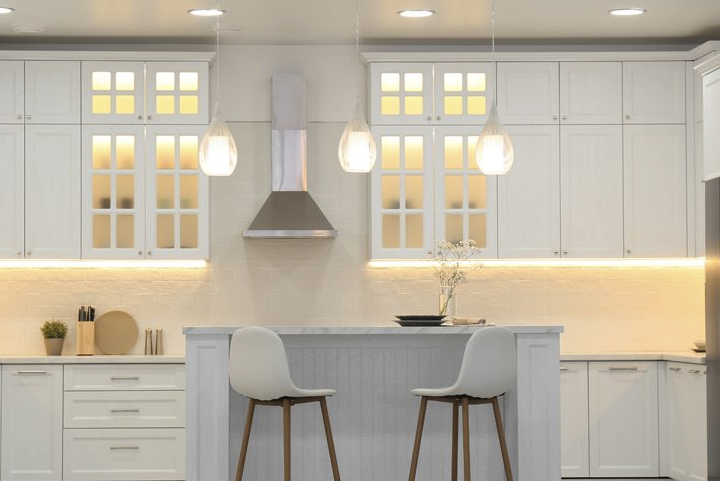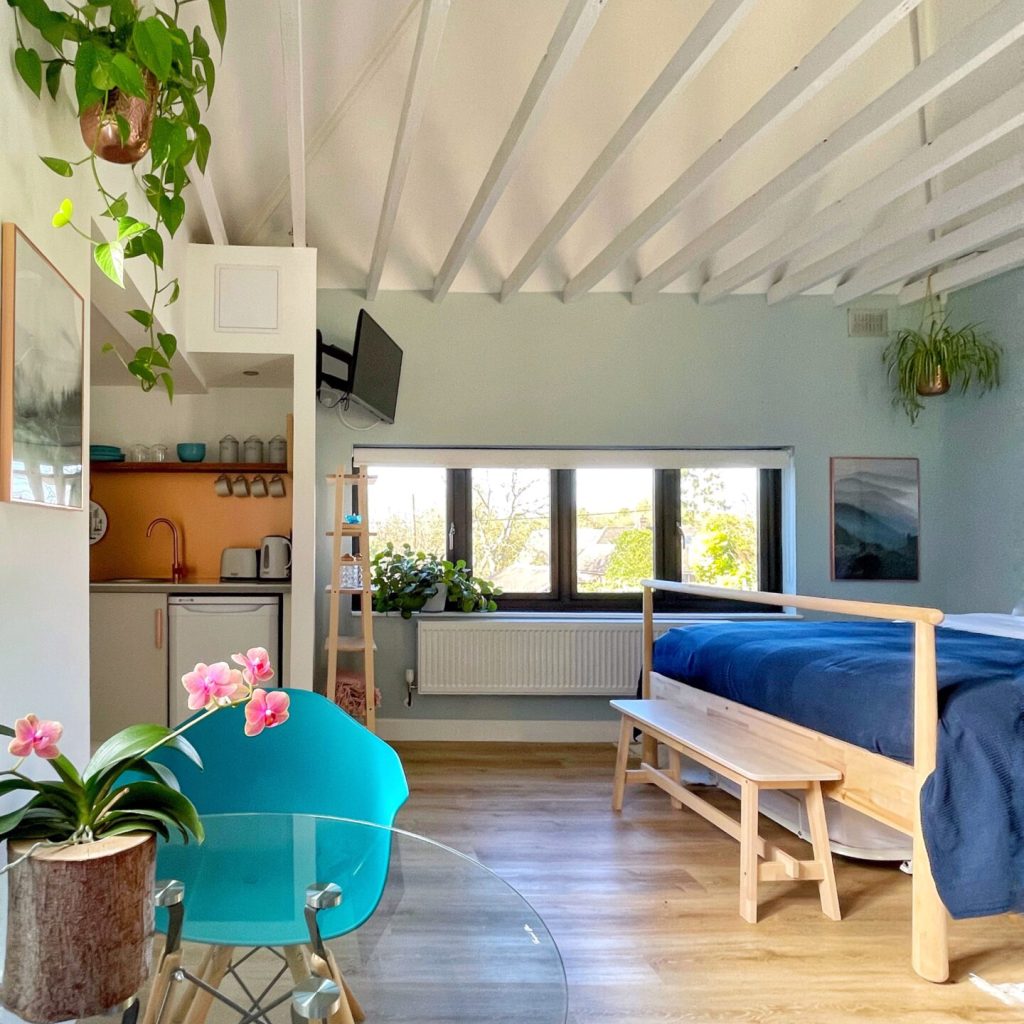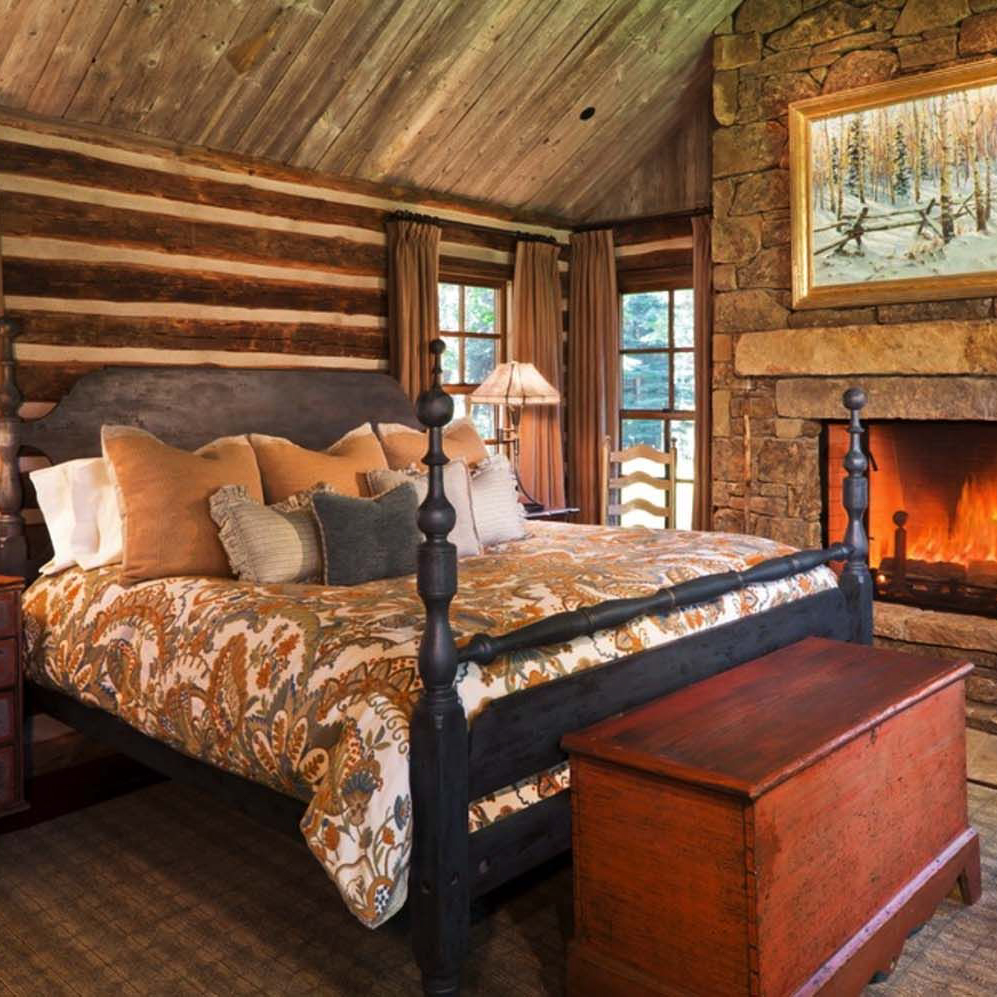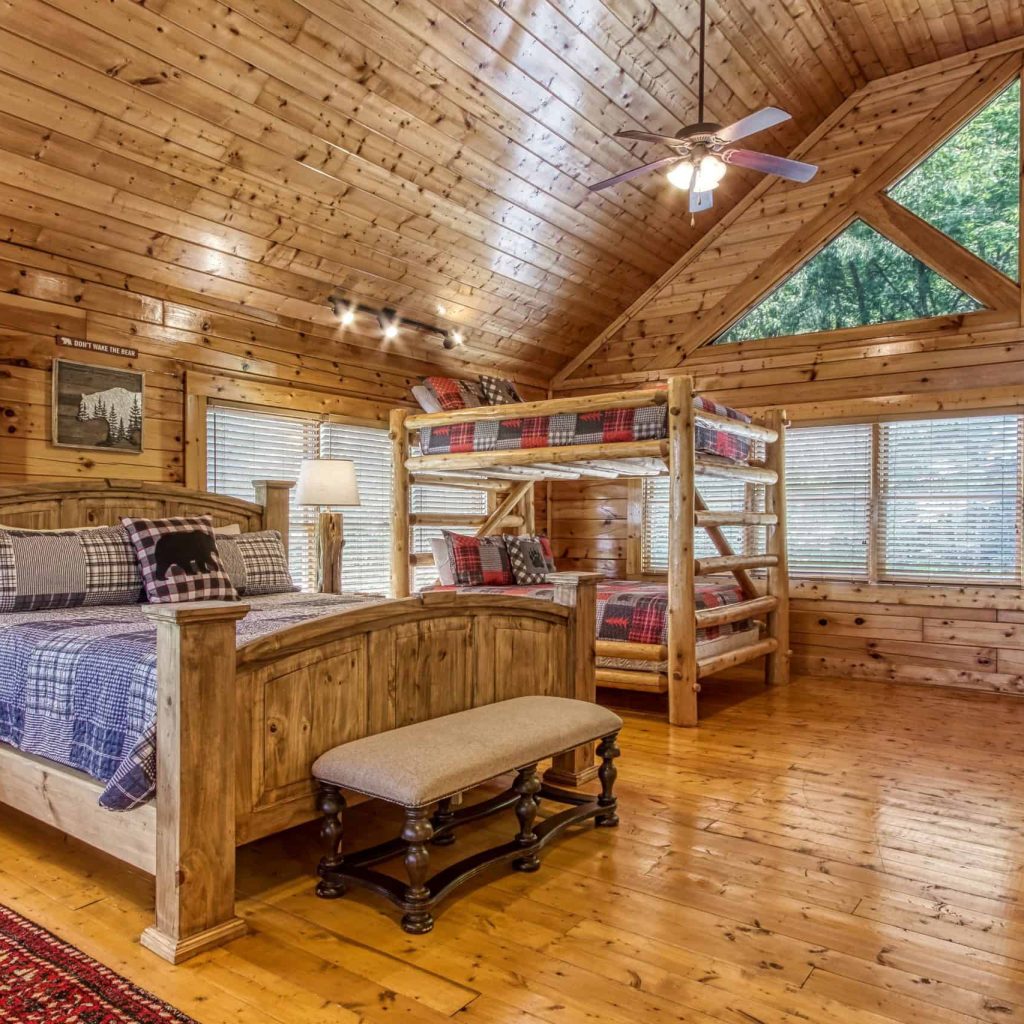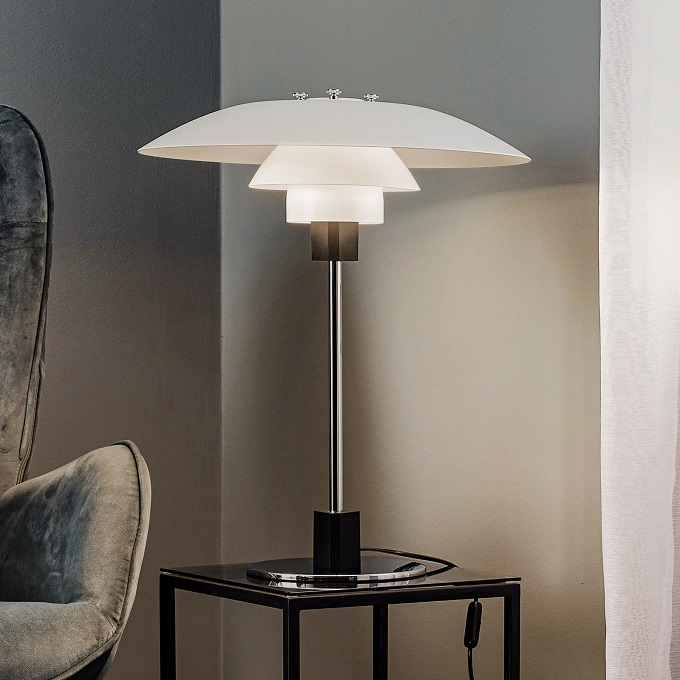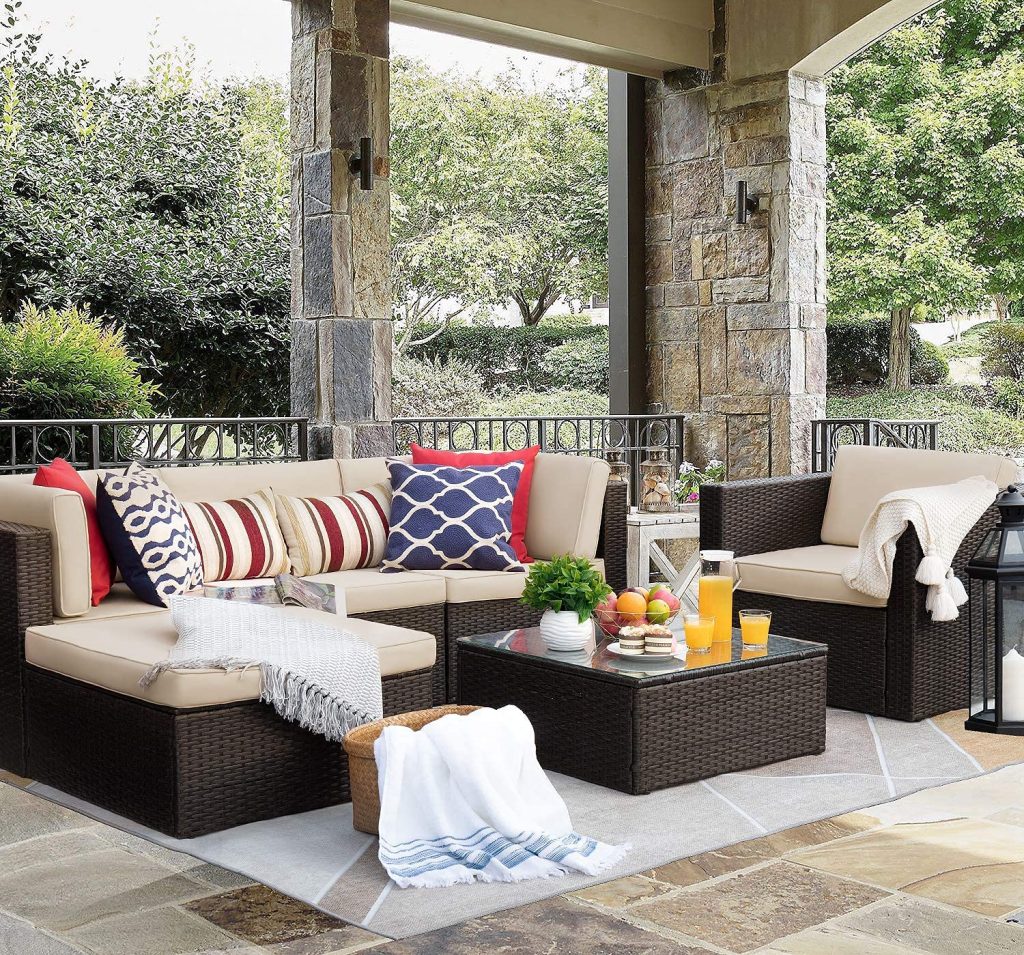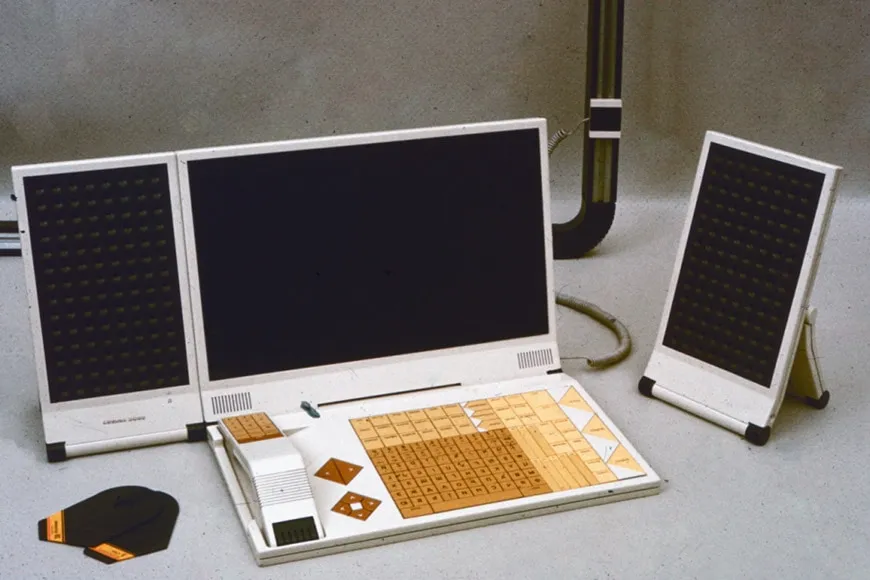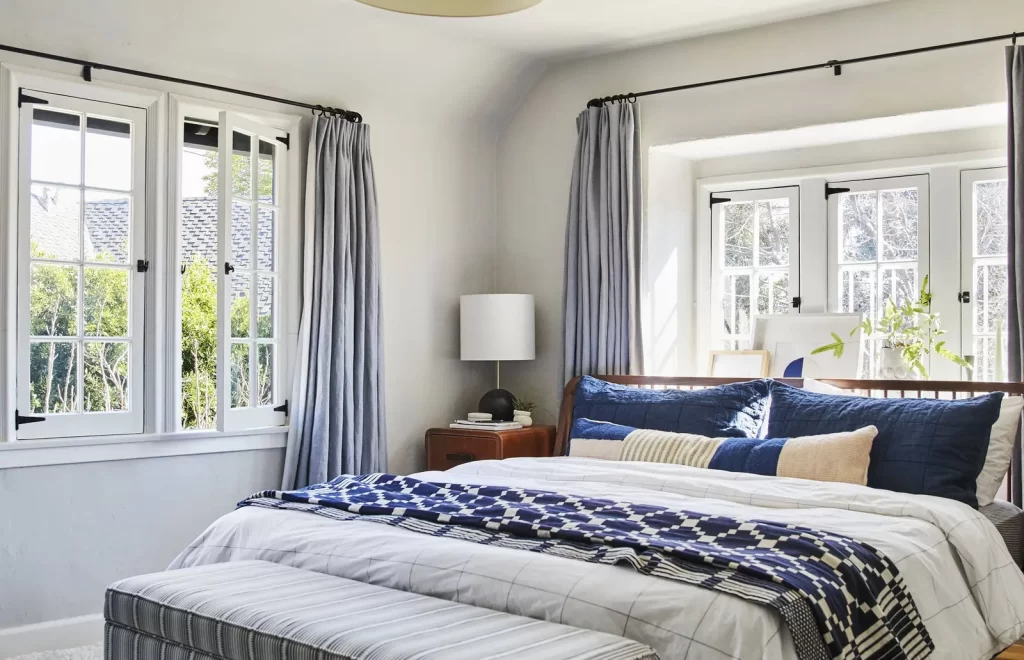Chandeliers have long been synonymous with opulence and grandeur, often gracing the ceilings of palatial estates and luxurious dining rooms. These stunning light fixtures, adorned with crystals, metals, and intricate designs, serve not only as sources of illumination but also as focal points that elevate the aesthetic appeal of any space. While traditionally associated with formal settings, the modern interpretation of chandeliers has expanded their presence into more casual environments, including kitchens.
The juxtaposition of a lavish chandelier against the backdrop of a functional kitchen creates a unique blend of elegance and practicality, transforming the heart of the home into a stylish gathering place. The allure of extravagant chandeliers lies in their ability to convey personality and style. From vintage-inspired designs that evoke a sense of nostalgia to sleek, contemporary pieces that embody minimalism, there is a chandelier to suit every taste.
The materials used in their construction can range from shimmering crystal to rustic wood, allowing homeowners to express their individuality through their choice of lighting. As kitchens evolve into multifunctional spaces where cooking, dining, and socializing converge, the inclusion of a chandelier can enhance the overall ambiance, making it a perfect choice for those looking to infuse their culinary space with character and charm.
The Benefits of a Chandelier in the Kitchen
Enhanced Lighting Quality
A well-placed chandelier can provide ambient lighting that fills the room with warmth and brightness, making it easier to navigate tasks such as meal preparation and cleanup. Unlike standard overhead fixtures that may cast harsh shadows or create uneven lighting, chandeliers can distribute light more evenly across the space, creating an inviting atmosphere.
A Statement Piece for Social Gatherings
Chandeliers can serve as a statement piece that draws attention and sparks conversation. In an open-concept layout where the kitchen flows into dining or living areas, a striking chandelier Omloa can act as a visual anchor, tying together various elements of the design.
Elevating Functionality and Ambiance
This not only elevates the kitchen’s aesthetic but also enhances its functionality as a social hub. Guests are naturally drawn to well-lit areas, and a chandelier can create an inviting environment that encourages interaction and connection among family and friends.
Choosing the Right Chandelier for Your Kitchen
Selecting the perfect chandelier for your kitchen involves careful consideration of several factors, including size, style, and material. The dimensions of the chandelier should be proportionate to the kitchen’s size; a large chandelier in a small kitchen can overwhelm the space, while a petite fixture may get lost in a grander setting. A general guideline is to choose a chandelier that is approximately one-third the width of the table or island it will hang above, ensuring a balanced look that complements the surrounding decor.
Style is another crucial aspect to consider when choosing a chandelier. The design should harmonize with the overall theme of the kitchen. For instance, a rustic farmhouse kitchen may benefit from a wrought-iron chandelier with an antique finish, while a sleek modern kitchen could be enhanced by a minimalist fixture made from polished metal or glass.
Additionally, consider the color palette of your kitchen; selecting a chandelier that incorporates similar hues or contrasts effectively can create visual interest and cohesion within the space.
Installation and Maintenance of a Chandelier
Installing a chandelier in the kitchen requires careful planning and execution to ensure both safety and aesthetic appeal. It is essential to determine the optimal height for installation; typically, chandeliers should hang about 30 to 36 inches above countertops or tables to provide adequate clearance while still allowing for effective illumination. If the kitchen features high ceilings, consider using adjustable chains or rods to achieve the desired height without compromising on style.
Maintenance is equally important in preserving the beauty and functionality of a chandelier. Regular cleaning is necessary to prevent dust and grease buildup, which can dull its shine and affect light output. Depending on the materials used in the chandelier’s construction, cleaning methods may vary.
For crystal chandeliers, using a soft cloth and a mixture of water and mild soap can help restore their brilliance. For metal fixtures, a gentle polish may be required to maintain their luster. Additionally, periodic checks on wiring and bulbs are essential to ensure safe operation; replacing burnt-out bulbs promptly will keep your chandelier shining brightly.
How to Incorporate a Chandelier into Your Kitchen Design
Integrating a chandelier into your kitchen design involves more than just hanging it from the ceiling; it requires thoughtful consideration of how it interacts with other elements in the space. One effective approach is to position the chandelier above an island or dining table, creating a designated area for meals and gatherings. This not only enhances functionality but also establishes a visual focal point that draws attention to this central feature of the kitchen.
Another way to incorporate a chandelier is by layering lighting sources throughout the kitchen. While chandeliers provide ambient light, combining them with task lighting—such as under-cabinet lights or pendant fixtures—can create a well-rounded lighting scheme that caters to various activities. This layered approach allows for flexibility in illumination levels depending on the time of day or specific tasks being performed.
Additionally, consider using dimmer switches to adjust brightness levels easily; this feature can enhance mood during intimate dinners or provide bright light during busy cooking sessions.
Safety Considerations for Kitchen Chandeliers
When installing a chandelier in the kitchen, safety should be a top priority due to the unique challenges posed by this environment. Kitchens are often subject to heat, moisture, and grease, which can affect both the fixture’s longevity and safety. It is crucial to select chandeliers specifically designed for use in kitchens or damp locations; these fixtures are built with materials that can withstand humidity and are less likely to corrode over time.
Proper installation is also vital for safety. Ensure that the chandelier is securely mounted to prevent accidents caused by falling fixtures. If you are unsure about electrical work or installation procedures, it is advisable to hire a licensed electrician who can ensure compliance with local building codes and safety standards.
Additionally, consider using LED bulbs in your chandelier; they produce less heat than traditional incandescent bulbs, reducing fire risks while also being energy-efficient.
Cost and Budgeting for a Kitchen Chandelier
The cost of a kitchen chandelier can vary significantly based on factors such as size, design complexity, materials used, and brand reputation. Budgeting for this investment requires careful consideration of both initial costs and long-term maintenance expenses. On average, homeowners can expect to spend anywhere from $100 for simpler models to several thousand dollars for high-end designer pieces adorned with crystals or intricate metalwork.
When planning your budget, it is essential to account for additional costs associated with installation and maintenance. Hiring an electrician for installation may add to your overall expenditure but ensures safety and proper setup. Furthermore, consider setting aside funds for regular maintenance tasks such as cleaning supplies or replacement bulbs; these ongoing costs can accumulate over time but are necessary for preserving your chandelier’s beauty and functionality.
Alternatives to Chandeliers for Kitchen Lighting
While chandeliers offer an elegant solution for kitchen lighting, they may not be suitable for every space or style preference. Fortunately, there are numerous alternatives that can provide both functionality and aesthetic appeal without compromising on design. Pendant lights are an increasingly popular choice; they come in various styles and sizes and can be hung individually or in clusters above islands or dining areas to create visual interest.
Flush mount lights are another viable option for kitchens with lower ceilings where chandeliers may feel out of place. These fixtures sit close to the ceiling while still providing ample illumination throughout the space. Additionally, track lighting offers versatility by allowing homeowners to direct light where it is needed most; this option is particularly useful in kitchens with multiple work zones or unique layouts.
Ultimately, whether you choose a chandelier or an alternative lighting solution, the key is to select fixtures that enhance both functionality and style within your kitchen environment.


